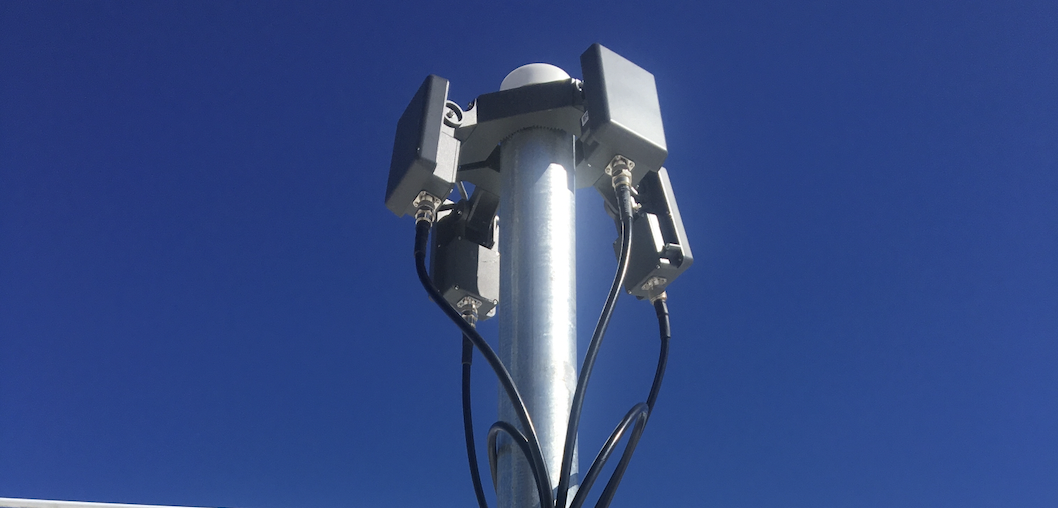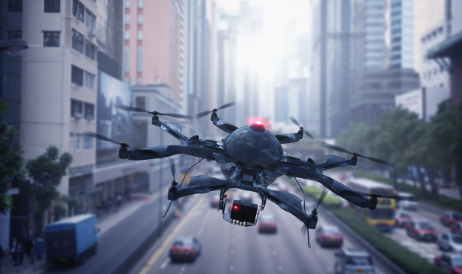Drone incursions at the U.S.-Mexico border have surged, posing a significant threat to national security. Cartels are using drones not only to smuggle contraband—such as drugs, weapons, and cash—but also to conduct surveillance on U.S. Border Patrol agents. According to recent reports, cartels are deploying up to 1,000 unmanned drones across the border each month.
These drones enable cartels to track Border Patrol movements in real time, helping smugglers navigate around checkpoints and avoid detection. In some alarming cases, drones have been equipped with explosives, raising concerns about potential attacks on U.S. agents.
Surveillance and Smuggling: A Dual Threat
The use of drones for reconnaissance gives cartels a strategic advantage. In El Paso and New Mexico, drones have been observed monitoring Border Patrol routes and identifying weak spots along the border wall. This intelligence allows smugglers to guide illegal migrants and contraband safely across the border.
Beyond surveillance, drones are increasingly used to transport small but high-value payloads like fentanyl and other narcotics. These drones can fly under radar detection, drop their cargo in pre-arranged locations, and return to Mexico undetected.
Weaponized Drones: An Emerging Risk
An internal memo revealed cartel plans to use kamikaze drones equipped with explosives to target Border Patrol agents and military personnel. This represents a dangerous escalation in tactics, pushing border security into a new era where drones are not just tools for smuggling but also potential weapons.
Challenges in Countering Border Drone Threats
While the FAA enforces airspace regulations, the sheer volume of drone activity overwhelms existing monitoring systems. Current radar and RF-based detection methods struggle to track low-flying, small drones—especially those operating autonomously or using frequency-hopping technologies.
Local law enforcement and Border Patrol agents often lack the tools to neutralize drones in real time. Federal agencies like NORAD and the Department of Homeland Security have identified the urgent need for integrated counter-UAS systems that combine radar, RF detection, and AI analytics for faster threat identification and response.
AirSight’s Multi-Layered Approach to Border Security
AirSight offers a robust solution called AirGuard to track and record all flight data at the border. Our multi-layered drone detection platform integrates:
- Remote ID sensors for identifying registered drones
- RF/DF analysis to detect and localize drone communications
- Radar and camera systems for visual and range-based tracking
Important AirGuard Features:
- Web-Based Platform: Accessible via desktop or mobile for on-the-go monitoring.
- Real-Time Tracking: Monitor drone trajectories and pilot locations as they happen.
- Historical Playback: Review past drone activity to identify patterns and threats.
- Whitelist/Blacklist Drones: Customize airspace permissions and block unauthorized UAVs.
- 24/7 Live Monitoring & AI Analytics: Real-time threat detection with intelligent alerts.
- Quick Drone/Pilot Location Sharing: Instantly share locations for fast threat mitigation.
This comprehensive approach ensures that even autonomous or RF-silent drones are detected and tracked. By layering multiple sensors, AirSight eliminates blind spots that single-technology systems often face.
📅 Ready to see AirSight in action?
🎯 Schedule a live demo today and discover how our multi-layered drone detection solutions can help secure borders and critical infrastructure.

.webp)









